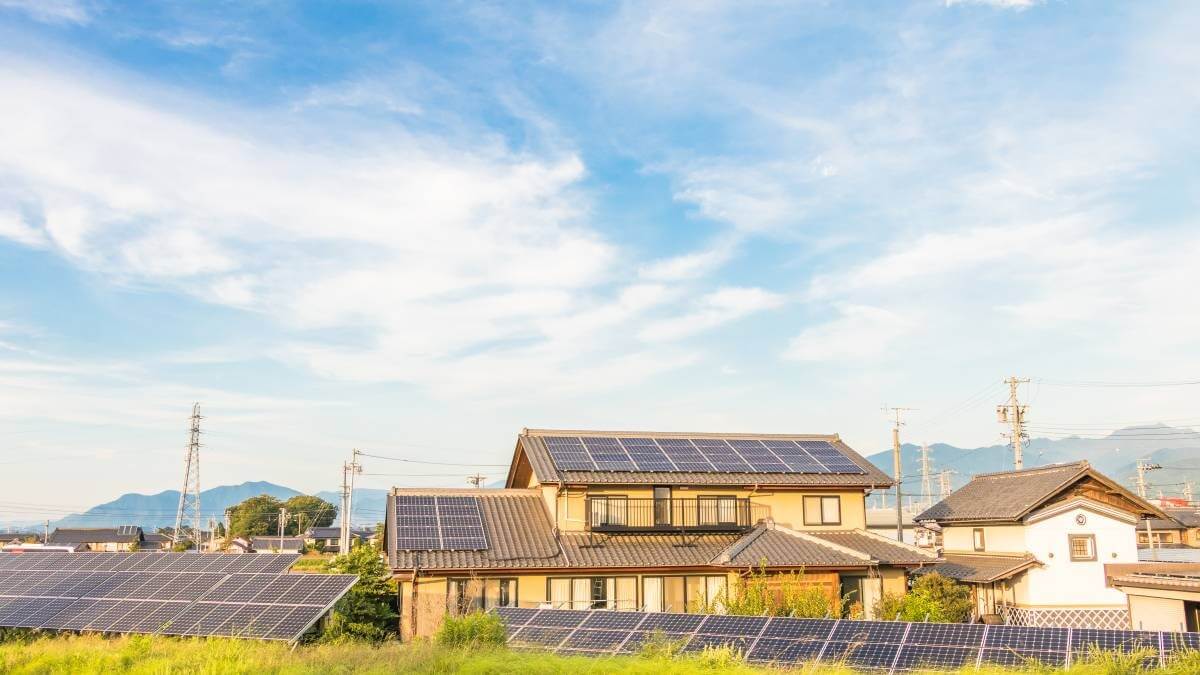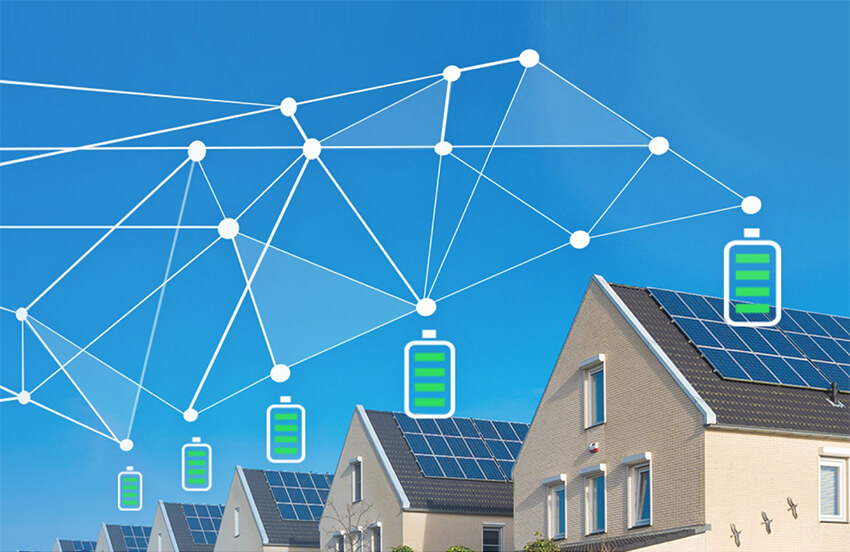
Australian households with rooftop solar panels could be charged for exporting electricity into the power grid at times when it is not needed under proposed changes to the national electricity market.
The recommendation is included in a draft deliberation by the Australian Energy Market Commission that is designed to prevent “traffic jams” of electricity at sunny times that could destabilise the network.The commission, which makes the rules for the electricity system, said the change was necessary to allow more household solar systems and batteries to be connected to the grid and make the system fairer for all electricity users.
Benn Barr, the commission’s chief executive, said it was expected an average solar household with a system of between 4 and 6 kilowatts
would still save about $900 a year on power bills after the change, about $70 less than currently.He said it would reduce bills for the 80%
of households who do not have solar as they would no longer have to pay for solar export services they were not using.
“We can decarbonise the electricity sector faster and cheaper if we connect more small solar customers and make it worthwhile for them to
install batteries,” he said.
“Within 10 years, half of all energy users will be using energy options like solar. We must make sure this seismic shift doesn’t leave anyone behind because every Australian, whether they have solar or not, deserves an affordable, sustainable power system.”

The “traffic jams” are a result of a fundamental transformation of a grid that was designed to flow power from large generators to distributed homes and businesses, not the other way around. About 20% of households – 2.6m in total – have solar, up from 0.2% in 2007. The proposal is opposed by some solar household groups concerned about having to pay more for electricity than they expected when they installed rooftop photovoltaic panels. Consumer group Solar Citizens said it would be “yet another handbrake for Australia’s energy transition”.
“As we transition our energy system and clean up our power supply, we need to be encouraging more rooftop solar, not penalising people for putting panels on their roof,” the group’s national director, Ellen Roberts, said.
Barr said the alternative was blocking people’s solar exports when the grid was under strain, but that would cost more and mean less cheap renewable energy in the system.
Another alternative canvassed was building more poles and wires to allow greater solar traffic. Barr said that would be “very expensive and end up on all our energy bills, whether we have solar or not”.
The commission’s draft deliberation, released on Thursday, was a response to proposals from power distribution company SA Power Networks and welfare groups including St Vincent de Paul and the Australian Council of Social Service, which had argued households without solar could face an unfair burden under the current system.

It recommended two-way pricing that better rewarded solar and battery owners that send power to the grid when it is needed, and new
incentives that would give customers more reason to buy batteries or set up their homes to consume the power they generate at busy times on
the grid.
They would include electricity network owners offering a menu of price options to customers that could, for example, allow free export of
power into the grid up to a certain level or a paid premium model that would guarantee consumers they would be paid for export during busy
times.
Energy Consumers Australia, representing residential and small businesses energy consumers, welcomed the draft decision and said it should be the first step in a series of changes that prioritises consumer needs.
Its chief executive, Lynne Gallagher, said any change that put a cost on exporting solar at busy times should also increase benefits at other times.
“What is clear is that the changes proposed open up the opportunity for more consumers to provide electricity to the grid and be rewarded for doing so,” Gallagher said.

The Clean Energy Council said the draft decision raised more questions than answers. Its chief, Kane Thornton, said there was little detail about the terms and conditions of any charges and how they would be implemented.
“We need to know whether state and territory energy ministers will allow networks to charge customers whenever they export electricity to the grid and, if so, what customer protections will be put in place.”
Barr said electricity networks should offer “tailored options, not blanket solutions”. If a network wanted to introduce a change for solar exports it would need to consult extensively with customers and have a transition plan approved by the Australian Energy Regulator.
He said the goal was to allow more Australians to install solar.
“We expect networks to deliver pricing proposals in close consultation with consumers, which may include options where they don’t have to pay for exports,” he said.